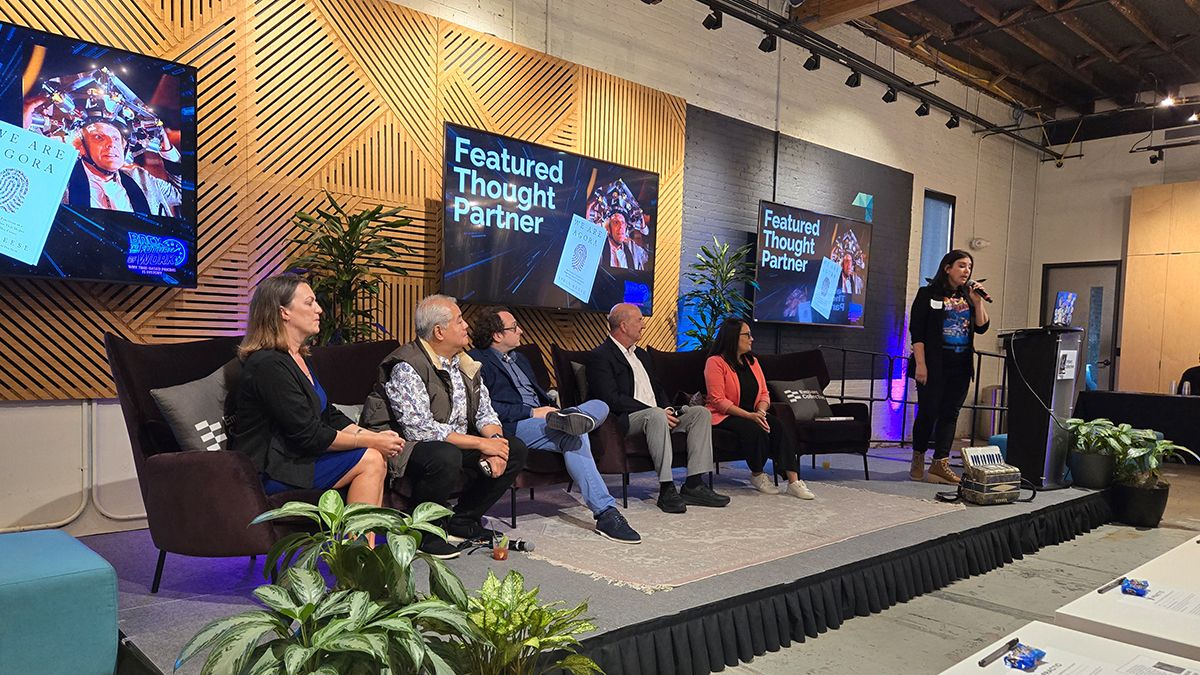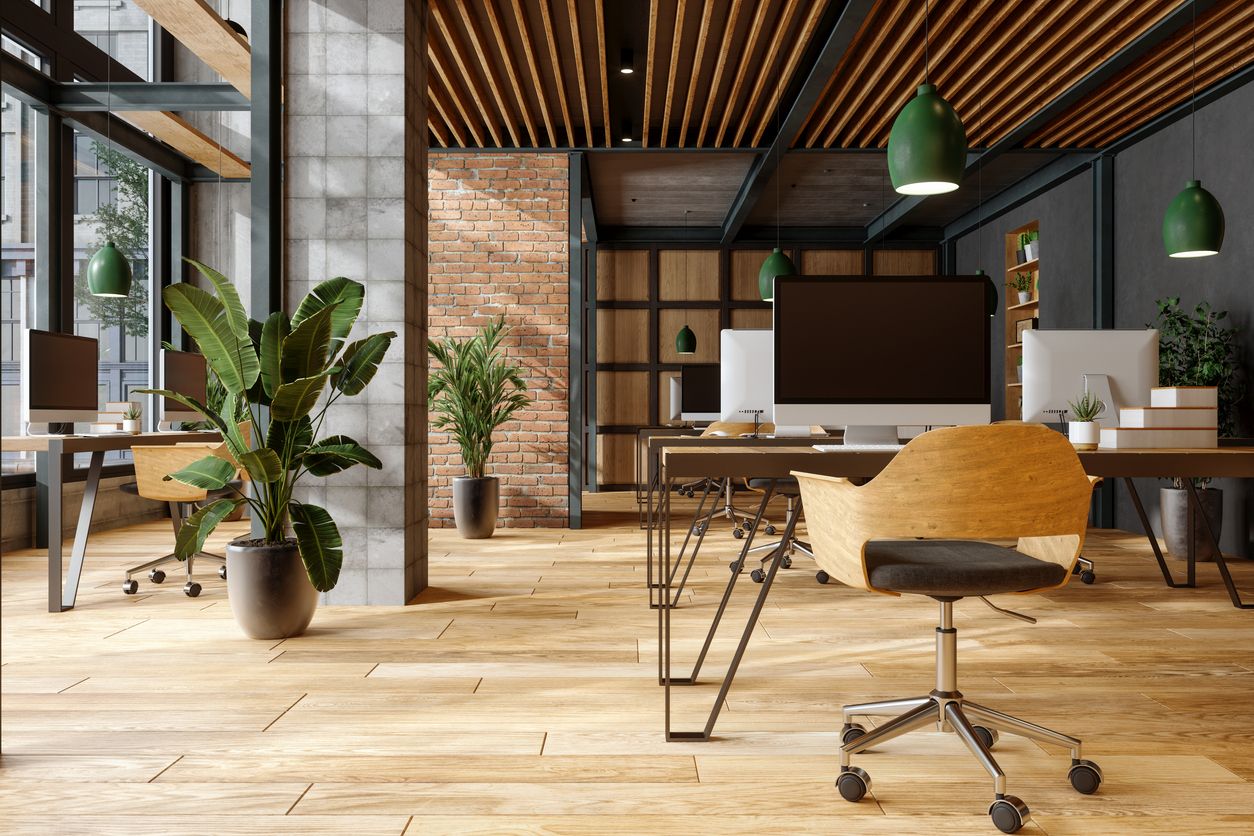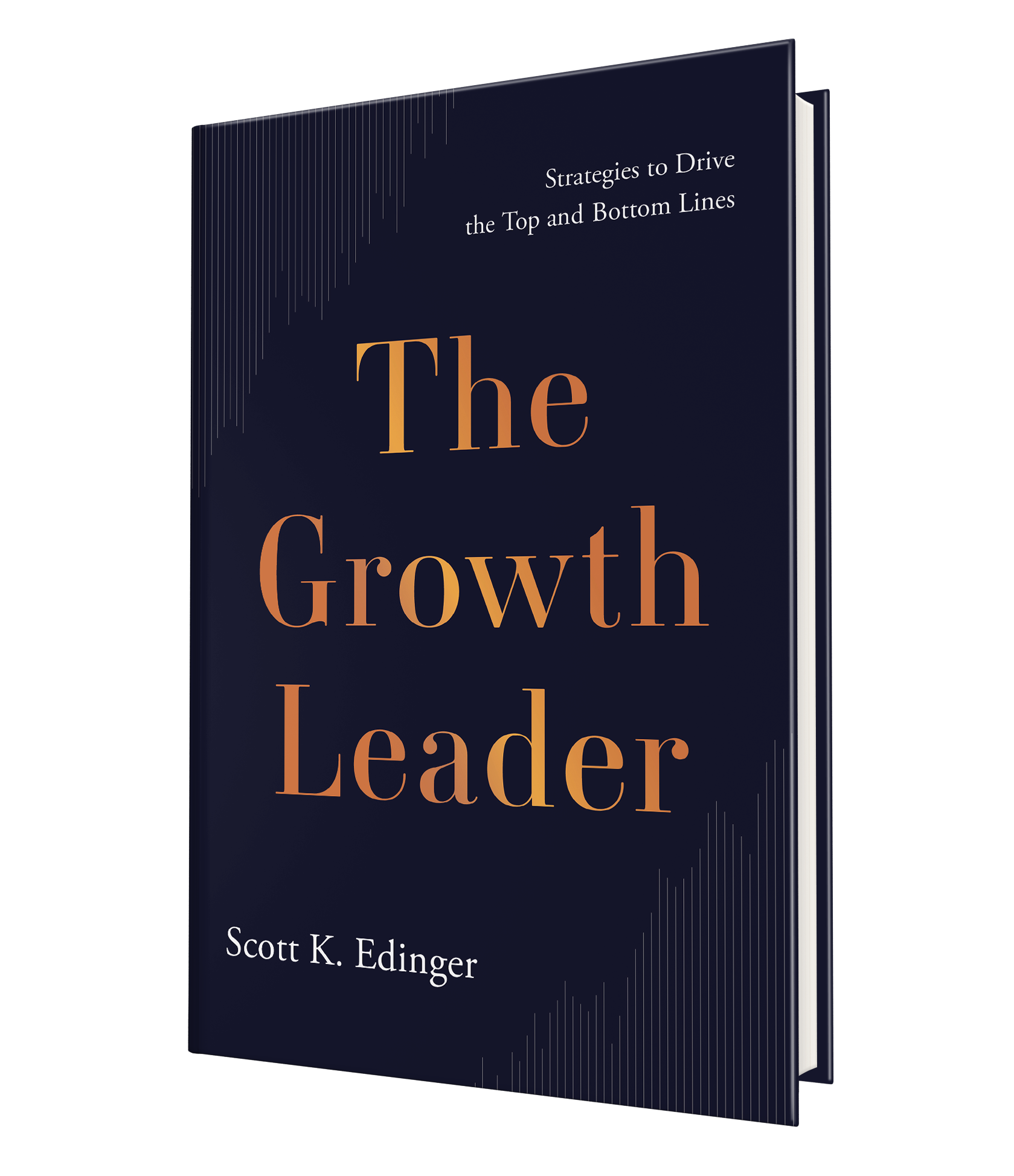By Gilbert Broco and Drew Marshall, CI Group
There is no doubt that since the pandemic started the way we work, and interact, in the office space has changed. This should not be thought of as the “end of the office,” but, rather, an opportunity to re-engage your employees by designing a space that provides the tools and meets the needs of today’s workforce.
The future of the workplace environment was already evolving, dramatically, before the pandemic took us by surprise, in 2020. We had moved to open workstations, less private offices, more connection with nature and natural light, among many other settings. A recent study by Gartner found that by 2025, corporate workspace allocation will flip from 70% individual workstations and 30% collaborative space to 30% individual and 70% collaborative space. The pandemic pushed us to think creatively and made us realize that employees do not have to always be in the office to be productive but need physical interaction with each other for a healthy work culture to thrive. Hybrid work is here to stay and you can empower employees to thrive, as important members of your team, by providing the right office environment.
Office space is a crucial component of any organization’s success. It serves as the central hub for collaboration, and employee engagement, enabling companies to create an environment where employees feel comfortable, where bonds between coworkers are nurtured and where we are inspired to contribute to shared goals. With the right office space, an organization can foster a sense of community and enhance team collaboration, boosting productivity and morale.
One of the key benefits of the office is that it provides a physical space for employees to collaborate and communicate. It encourages employees to communicate with each other, share ideas and work together to achieve common goals. This creates a sense of unity, and a shared purpose, that can inspire employees to work more efficiently, and effectively, which is very difficult to accomplish virtually.
To achieve optimal results, the office should be less uniform and standardized than in the past. Not all people work the same way, and today’s workforce wants to have different areas for collaborating with peers and working with teams, as well as having quiet areas for critical tasks and deep thought. The office should reflect the comforts of home, from the materials, fabrics, and textures to the conveniences of home furnishings and spaces to meditate, relax and recharge. With the ever-evolving nature of technology you can disconnect from the wall data and power connections and be able to grab your computer and work from different areas, depending on the needs of the moment.
Office space has traditionally been viewed as only a place of work but, now, it has become the centerpiece for building a team that will lead to the overall success of your company. It also plays an important role in employee retention. A well-designed office space can provide employees with a sense of security and comfort, helping them to feel valued and appreciated. This, in turn, helps to create loyalty and commitment among employees, which reduces turnover. The way that office space is designed has a direct impact on employee morale and engagement.
Finally, the office space is important for promoting a healthy work-life balance. An office space provides employees with a comfortable environment where they can focus on their tasks and take breaks when needed. This allows employees to be productive, without feeling overwhelmed or overworked, leading to a healthier work-life balance and improved job satisfaction. When we found ourselves having to work from home during COVID-19, at first it may have felt like we could be more productive, in many ways, but this has faded as it is harder to be able to disconnect and set boundaries, dramatically increasing employee’s burnout and disengagement.
The office space is essential for any organization’s success. It serves as the central hub for collaboration, and employee engagement, allowing companies to create an environment where employees feel comfortable and motivated to work. By providing employees with the necessary resources to be creative, and productive, an office space helps to foster a sense of community and enhance team collaboration, leading to improved productivity, morale and employee retention; the office is here to stay.
Gilbert Broco is the market president and Drew Marshall is the CEO for CI Group, which is based in Tampa Bay and has seven locations across the Southeastern, US. CI Group provides business interiors products to assist companies and organizations in outfitting their facilities.















